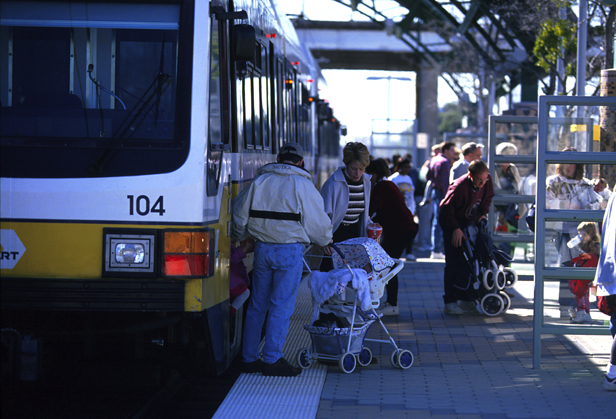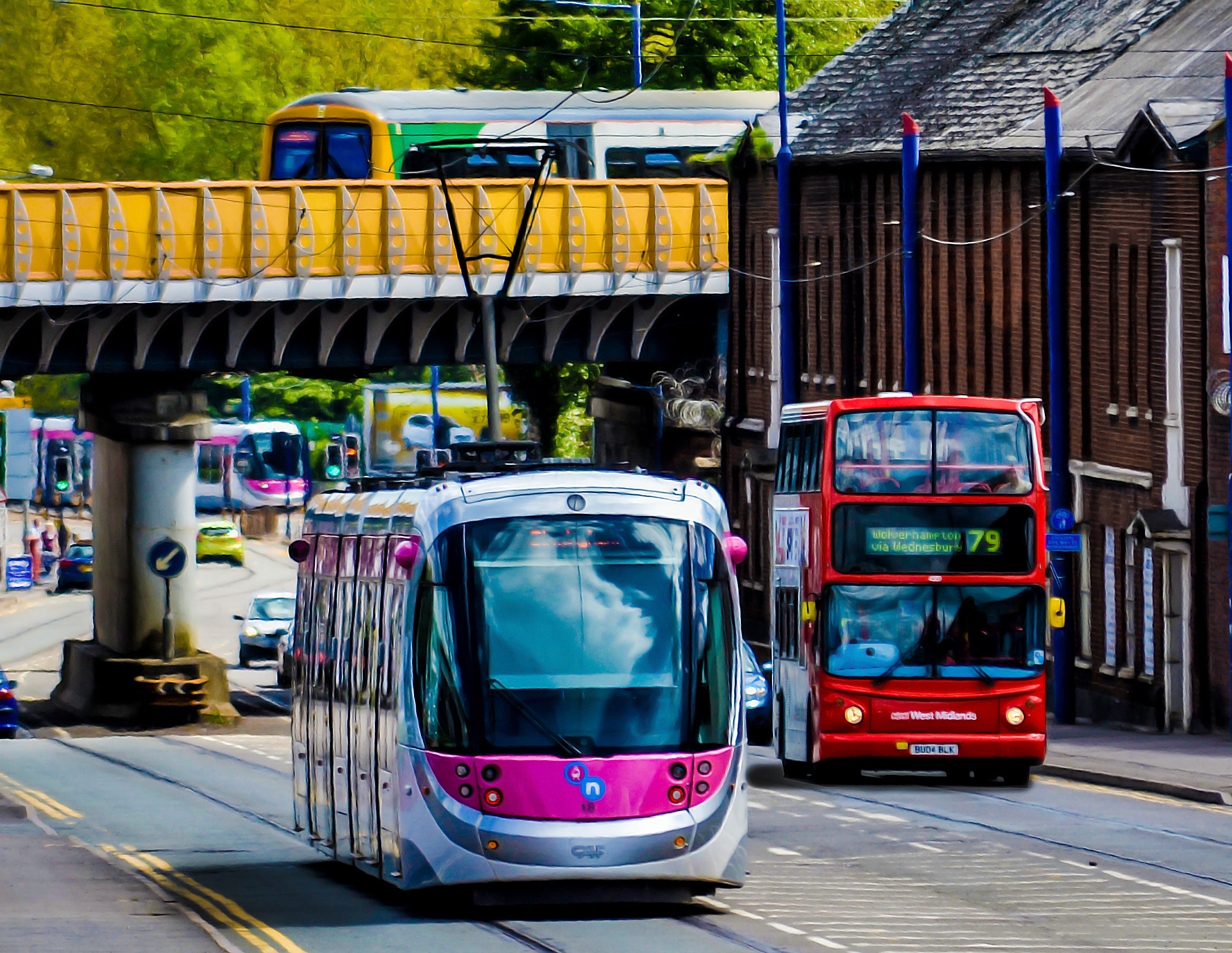
Simplifying the delivery of data and information gathered by traffic management, ticketing and other systems can improve travel efficiency and the traveller’s experience.
Having quantified and analysed the previously unmonitored movement of road vehicles, trains, metros, cyclists and pedestrians, the ITS sector is a prime example of the digital world. Patterns discerned from those previously random happenings enable authorities to design more efficient transport systems, allow transport operators to run their businesses more efficiently and help travellers plan and optimise their journeys.
For this to happen, that data and information must not only be available to the right people, it must also be so in an understandable format and delivered through simple-to-operate systems. According to Thomas Bach Petersen, product manager at
He says: “From the passenger’s perspective, the transport authorities and transport operators work in different silos and some would say they inhabit different worlds. In this sector, journey planning, ticket purchase and real-time information are often completely different systems and passengers have to navigate several apps and websites to get the information they need.”
Disruptors like Mobility as a Service (
The use of common standards and open APIs means pulling together the available information can now be relatively easy; the bigger problem is on the organisational side. Petersen sees it as two distinct questions: what is technically required to make this happen and; what is the motivation for the owners of the data, the organisations, to collate and release this information?
“I wish I could say I have fixed that second part,” says Petersen. “The way public transport is organised today means there is often too little incentive for the transport operators to do this - maybe it will change in the future and the use of standards is the way it will happen. Provide that data for the people who are able to join that information together to produce apps and services. These newcomers will come into the market with or without the agreement of the incumbent organisations.”
Standardisation is key to this process and the governments in several countries have enacted legislation to encourage or require the release of this data. In his experience, Petersen says small- and medium-sized cities are better at releasing their information than the large ones. “The small- and medium-size cities know they do not have the resources to do these things alone and are looking to collaborate with others which means agreeing on certain standards and protocols.”
Using standards allows information to be released from those ‘silos’ and enables third party developers to combine it in new and innovative ways. For instance, Fara (which supplies the bus ticketing system in Østfold county, Norway) is now providing a real-time information system which covers 105 buses and five ferries, and includes a bus prioritisation system for traffic lights. This entails getting data from the bus company, the ferry operator and the traffic control system – which can only be achieved because the government insists that all data going into and out of the system is available via open APIs.
In addition, 40 bus stops and docks will be fitted with information screens displaying arrivals and departures as well as any service delays or alterations in order to make travel by public transport easier.
Enabling people and authorities to access and use transport information in smarter and easier ways is central to Fara’s strategy. “We speak to lots of authorities and many see ticketing and real-time information as something of a ‘black art’ with lots of complexity. A survey of our own and our competitors’ products showed they were right. So we are now focused on making things simpler and now, for instance, everything a bus driver needs is on a dashboard-mounted android tablet.”
All onboard systems (old and new) can be started up from the tablet and can also interface with the centralised traffic light system using open APIs to provide bus prioritisation. In Oulu, Finland, these systems have been fitted to 140 buses which has reduced a 30-minute drive through the town by a third.
The tablet determines the vehicle’s location, speed and route and with latency now so low, Petersen says there is no need to instrument every traffic light to provide bus (and emergency vehicle) prioritisation. Electronic cross-referencing to the timetable determines if a bus is on schedule to dictate if prioritisation is permitted. This not only builds on Oulu’s centralised system, it is also scalable and operates from a tablet that would be there for ticketing reasons anyway. It means the control centre retains control over the signal network that could otherwise be disrupted by several bus prioritisation requests across the city’s intersections.
User details
Many potential users are deterred from signing up to services because of the requirement to repeatedly fill out pages of the same registration details for each individual service. Petersen says: “It would help if you could have one ‘public service profile’ and use those details as a ‘one click sign-up’, but then you would have the argument about who can hold those details and if they can be transmitted across borders. The legislative side is far more complex than the technical and there is little incentive for transit authorities to make the user profiles they hold available to other service providers. This is a political issue, not a technical one.”
Bus drivers are apparently enthusiastic about the system as it helps them keep on time which leads to fewer complaints.
A centralised ticketing back office system enables users to pay for travel on several modes and the payment for a single journey can be split into component parts – for instance when a border is crossed. Rules, discounts and concessions can all be incorporated and the output is made available as an open API allowing other authorised parties (such as MaaS providers) to sell tickets.
Fara is involved with several MaaS-type services. In Vienna, FluidTime has paired its trip planner with Fara’s cloud-based ticketing system while bus travellers in Møre og Romsdal, Norway, will be able to use Fara’s Smart:myTravel to provide real-time information and ticketing. That said, Petersen believes the current MaaS and trip planning options are still too complicated for the public. “MaaS gives a lot of options so sometimes this approach becomes over complicated especially when people don’t need most of those options for day-to-day business.”
One of the biggest problems he sees with the first generation of MaaS apps is the connection between modes where he says: “the information is almost non-existent. Yes, you can walk from A to B but often there is little if any information about where to walk, or which platform you need. It must be made simple for people to use and must incorporate any changes so, for instance, people are not rushing to catch a train that has been cancelled or delayed and are informed that a bus stop has been moved during roadworks.
The company is looking to work with local authorities and transport operators to implement its own MaaS-app called Smart:myTravel which combines multi-modal trip planning with ticket purchase. What’s more, the system allows authorities to move a bus-stop on a map which will then automatically update the driver’s instructions and notify travellers using the app.
In Aalborg, Denmark, the version being used by bus operator Nordjyllands Trafikselskab can automatically alert drivers of other late running services, so the driver of a departing service can be notified to wait for a delayed incoming service. This is especially useful late at night as it enables passengers to complete their journeys when there may not be a later scheduled service, and information about re-scheduled departure is displayed on screens in both the incoming and outgoing services.
“This is where the data, the information and communications systems start to make public transport easier to use and give people the confidence to not own a car or leave it at home. I think we will see these systems that are interconnected and easier to use, but not at the moment.
“The sector is in for a surprise. Sometimes you go to a bus depot and it looks like you have gone back in time 20 years. Now, technology is helping integrate many services, making it easier for passengers and at some point, new players that are more focused on the user experience will enter the market.”












